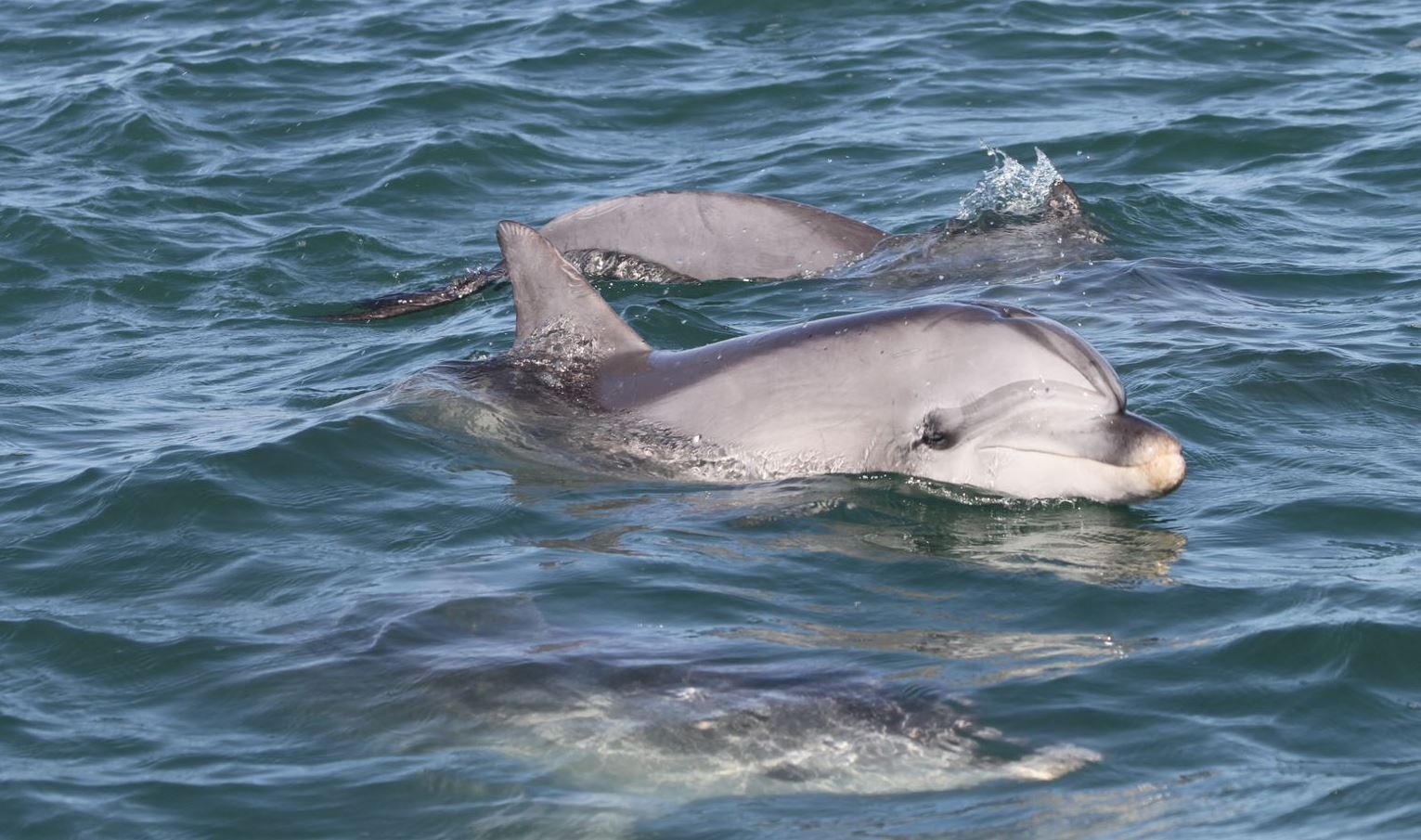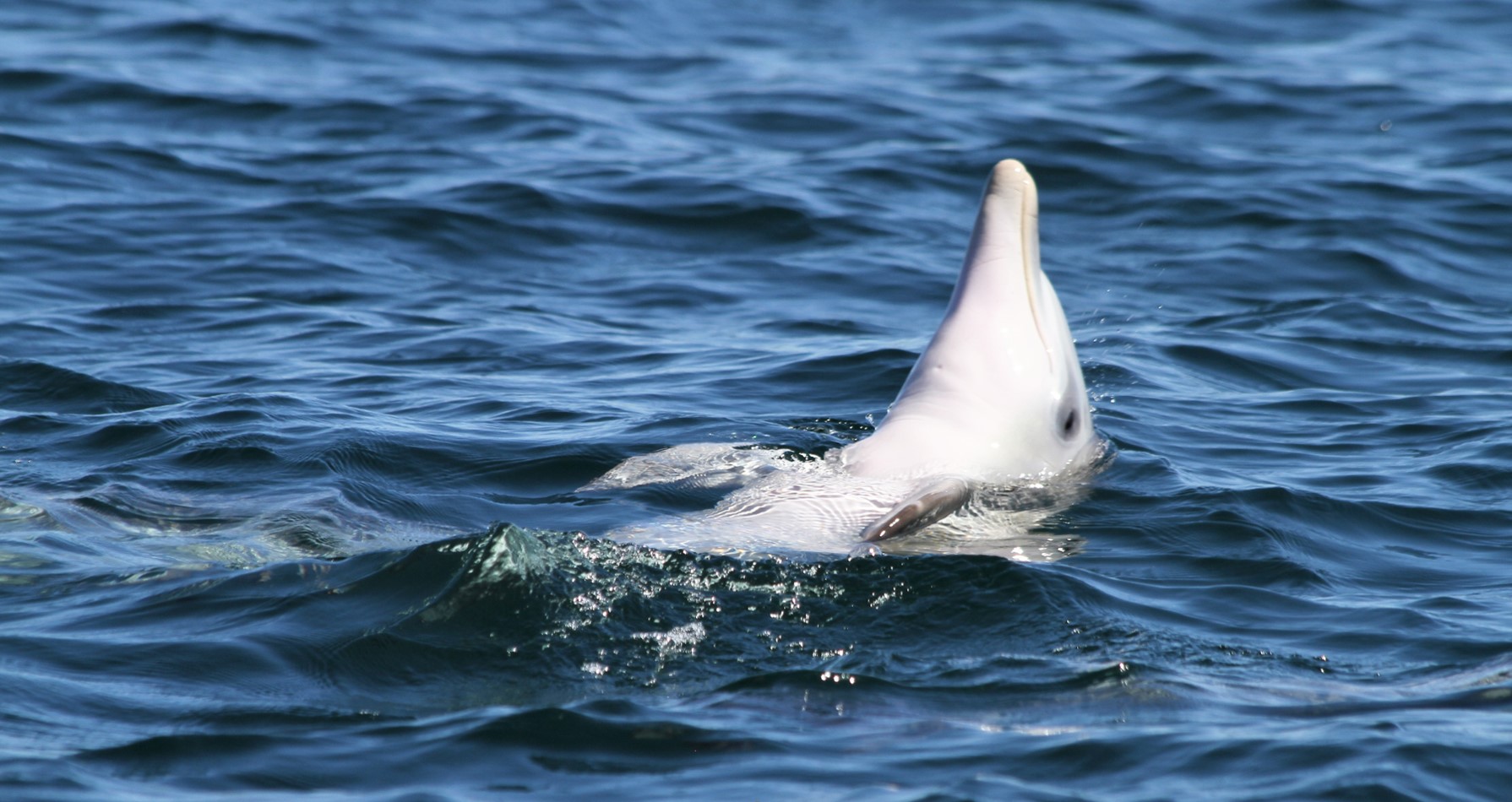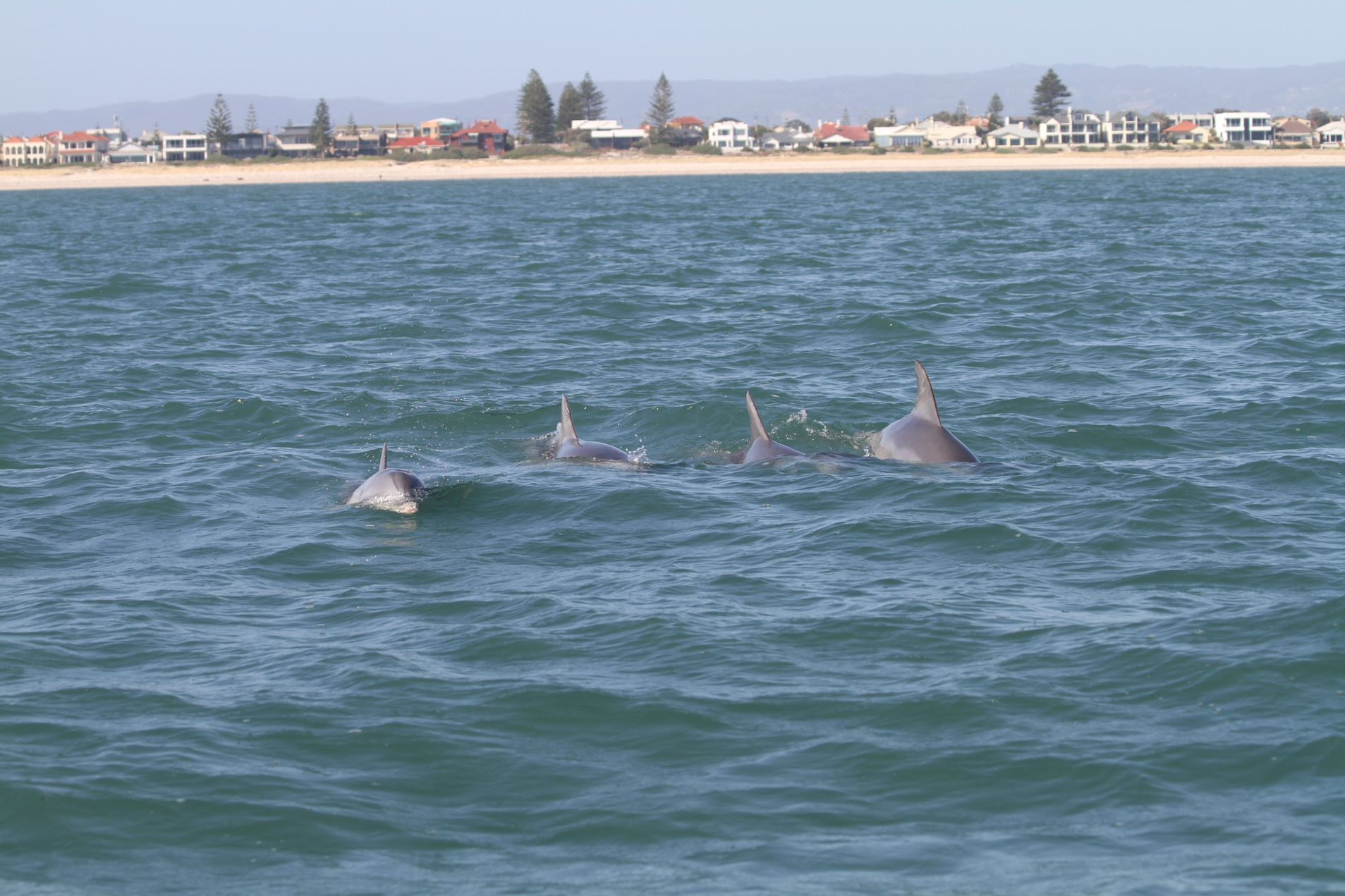
New research at Flinders University has found genetic variations in South Australia’s bottlenose dolphins makes them susceptible to a deadly measles-related virus, particularly in heatwave conditions.
The highly contagious cetacean morbillivirus has been causing large-scale epidemics and killing thousands of dolphins and whales in the Northern Hemisphere, and it is now also appearing in the Southern Hemisphere.
The animals usually die from pneumonia, encephalitis and lymphoid depletion.
Over a six-month period in 2013, at least 50 dolphins died throughout South Australian waters, particularly in Gulf St Vincent. The initial months of the outbreak were accompanied by unusually high sea surface temperatures and a large fish mortality event.
This is the first confirmed mortality event linked to the virus in South Australia, and the largest outbreak of its kind within Australia. There is potential for the event to happen again if extended high temperatures persist this summer.
The findings could also help find an effective vaccines against morbilliviruses.
Flinders University researchers, led by Kimberley Batley and Associate Professor Luciana Möller, have studied the DNA of bottlenose dolphins from Gulf St Vincent to investigate their susceptibility to the virus, which is related to measles in humans.

The findings was supported by the findings of South Australian Museum experts Dr Catherine Kemper and Dr Ikuko Tomo who confirmed cetacean morbillivirus was a major contributing factor in the dolphin deaths.
“Something must have triggered the mortalities, so we wanted to find out if susceptibility to the virus was related to variation in the dolphins’ DNA,” says senior author Flinders University Associate Professor Möller, from the Molecular Ecology Laboratory at Flinders University.
“Extreme weather events are becoming more frequent with climate change, placing greater stress on individuals, populations and species that may not be able to adapt or cope with environmental changes.”
The study provides new research directions for environmental stress and disease susceptibility in mammals.
“What really surprised us was that, as well as immune genes, we found variation between survivors and non-survivors within genes that activate stress-related proteins,” says lead author, Flinders PhD candidate Ms Kimberley Batley from the Flinders Uni Cetacean Ecology, Behaviour and Evolution Lab research group.
“Variation within these genes may have played an important role in responses to the initial environmental stress,” she says.
“Using this information, we can now screen other dolphin and whale populations around the world, to identify populations at greater risk of succumbing to this deadly disease.
“This research provides us with a far greater understanding of how DNA variation can influence a dolphin’s ability to cope with stress and fight infectious agents,” Ms Batley says.
By comparing the DNA from dolphin survivors and non-survivors of the outbreak, the Flinders University reasearchers were able to find variation within at least five genes that is linked to stress, pain and immune responses.
Last year, the same virus was said to be the cause of death of around 170 dolphins of a different species in Brazil.
The Flinders University study, Genome‐wide association study of an unusual dolphin mortality event reveals candidate genes for susceptibility and resistance to cetacean morbillivirus, by Kimberley C. Batley, Jonathan Sandoval‐Castillo, Catherine Kemper, Catherine R. M. Attard, Nikki Zanardo, Ikuko Tomo, Luciano B. Beheregaray and Luciana. M. Möller is freely available in Evolutionary Applications.


